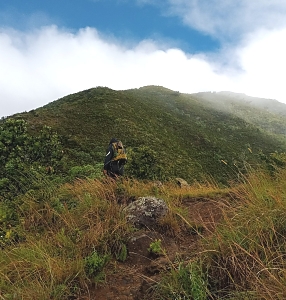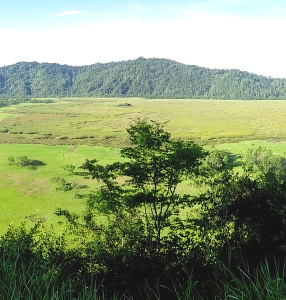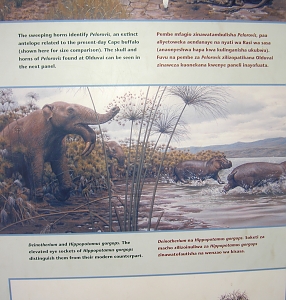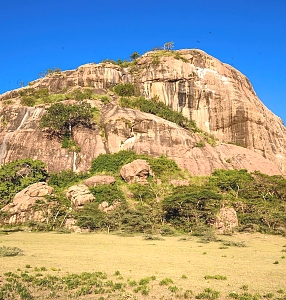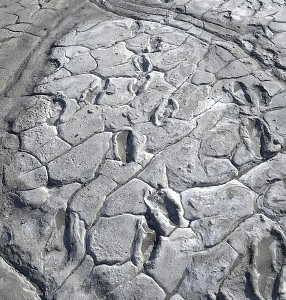Shifting Sands
Shifting Sands
The black sand dunes that occur in the eastern Serengeti Plain near the Olduvai Gorge hominid site within the Ngorongoro Conservation Area in Tanzania are mainly identified as volcanic sand dunes. The migratory dunes, also known as the Shifting Sands, are located at least twelve kilometers north-west of the Museum at Olduvai Gorge and nearly two kilometers from the Gorge's bank.
It is one of the most spectacular moving ash dunes in the world, gradually blown westward across the plains at a rate of approximately 15 to 29 meters annually and has scoured lighter portions of the ash from the area, leaving behind the heavier dark colored iron-rich minerals that formed the dune. It is a remarkable crescent-shaped black dune made of volcanic ash from the active Oldoinyo Lengai, reaching exactly 5 meters in height and stretching 100 m (328 ft) long along its curves.
The dunes are composed of highly magnetic volcanic ash, which holds the sand particles together, justifying why the granules of the dunes aren’t blown away by winds. What makes it standout is the fact that it occurs as a solitary, isolated dune. Such dunes are typically found in huge dune formations. They are composed of fine black ash that is significantly darker than the surroundings, which are characterized by vast plains with short grasses and bushes supplemented by scattered acacia trees (the presence of iron-rich minerals accounts for the sand’s dark color).
The dunes are well exposed above the plains and are easily accessible via trails that venture down the Olduvai Gorge ravine towards the Serengeti’s eastern grasslands on the Ngorongoro Conservation Area’s side. The Olduvai Gorge Museum curators provide much information about this dune.
What to See
Volcanic ash dunes
Destinations near Shifting Sands
These nearby destinations have a lot to offer





_750_550shar-50brig-20_c1.jpg)

